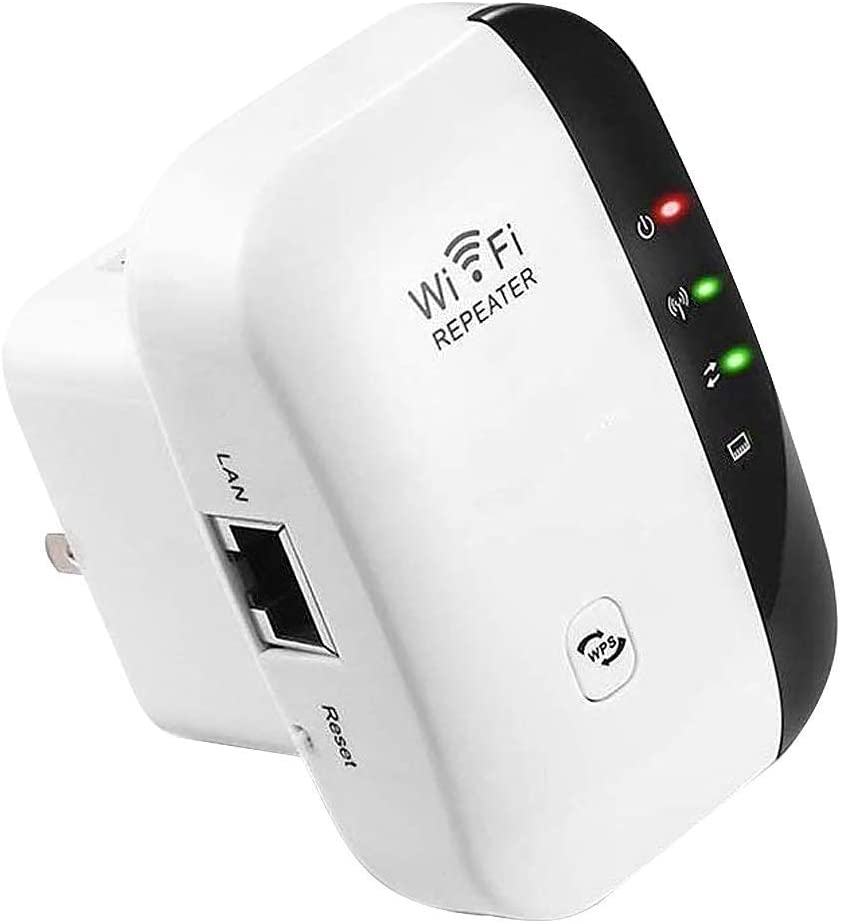

In fact, you may find that the extender’s network is slower than your router’s. However, it’s important to remember that WiFi extenders are not designed to increase speeds across your home. For the best performance, you’ll want to go with a WiFi extender that has the highest speeds possible (and those, as you might expect, tend to cost more). For example, one dual-band device might support 600Mbps speeds over its 2.4GHz band and up to 1300Mbps over its 5GHz band, for a combined maximum speed of 1900Mbps. What to look for in a WiFi extender SpeedĮxtenders today can support single, dual or tri-band WiFi, and they will tell you the maximum speeds they support on all of their available bands.
Best home wifi signal booster plus#
Mesh systems are, by far, more costly than a simple WiFi extender, plus you may have to work with your ISP to get your home’s existing network working on your new router. But that also translates to more expensive, and possibly more complicated, devices. Mesh systems come with a main router and access points that, by default, create one large WiFi system that should be accessible throughout your entire home. If you’d rather have one, much larger network in your home, you’re better off upgrading to mesh WiFi. While that’s a small tradeoff in return for improved coverage, some will be more inconvenienced than others. That network will have a new name (it’ll often be your default network’s name with an EXT appended at the end, unless you change it) and that means you’ll have to connect to different networks when in different parts of your home.

One important thing to note about WiFi extenders (also sometimes called “repeaters”) is that most of them actually create a new WiFi network when rebroadcasting your existing one. As a rule of thumb, you’ll get the best results by placing the extender half way between your router and the dead zone you’re trying to fix. Most WiFi extenders plug into an AC outlet and connect to your existing network so they can then rebroadcast it to spots that your router alone may not cover well. These handy wireless devices do exactly what their name suggests: extend your WiFi network so it covers more areas of your home. Let’s break down how these gadgets work, what you should consider before picking one up and the best WiFi extenders we tested. And they won’t cost you a fortune like many of the latest mesh network systems you’ll find today. These WiFi boosters can give you connectivity in places you may have never had it before like garages, backyards and the farthest corners of your property. These relatively affordable gadgets, as their name suggests, extend your home network to provide more widespread coverage. This is where WiFi range extenders come in.


 0 kommentar(er)
0 kommentar(er)
